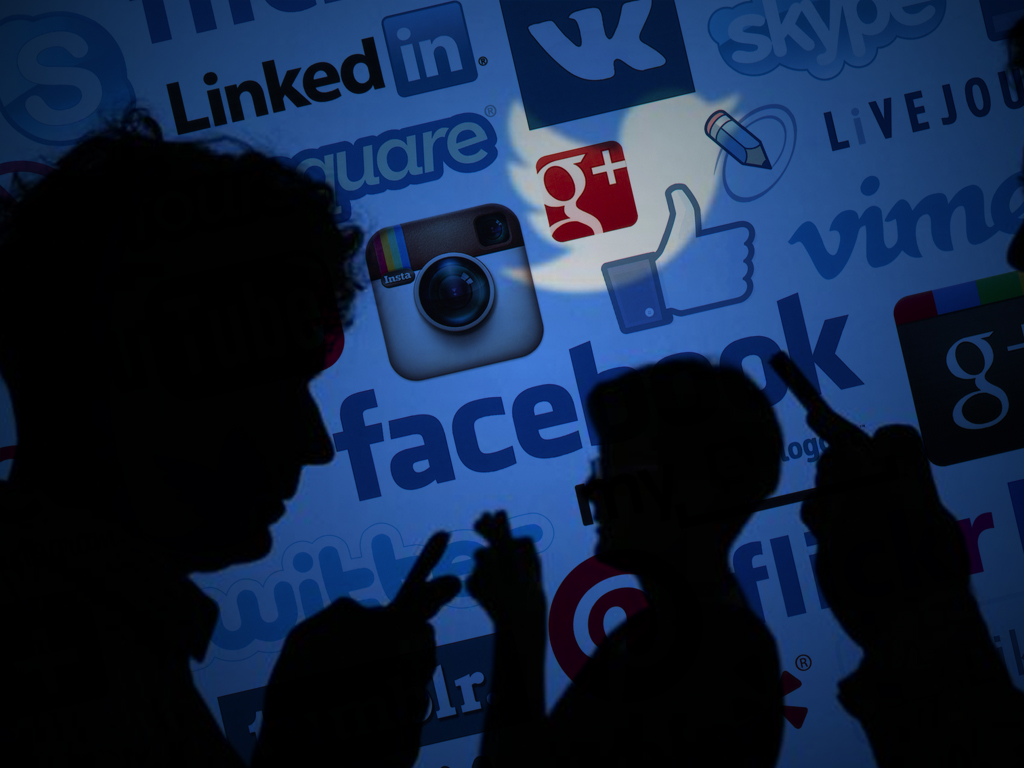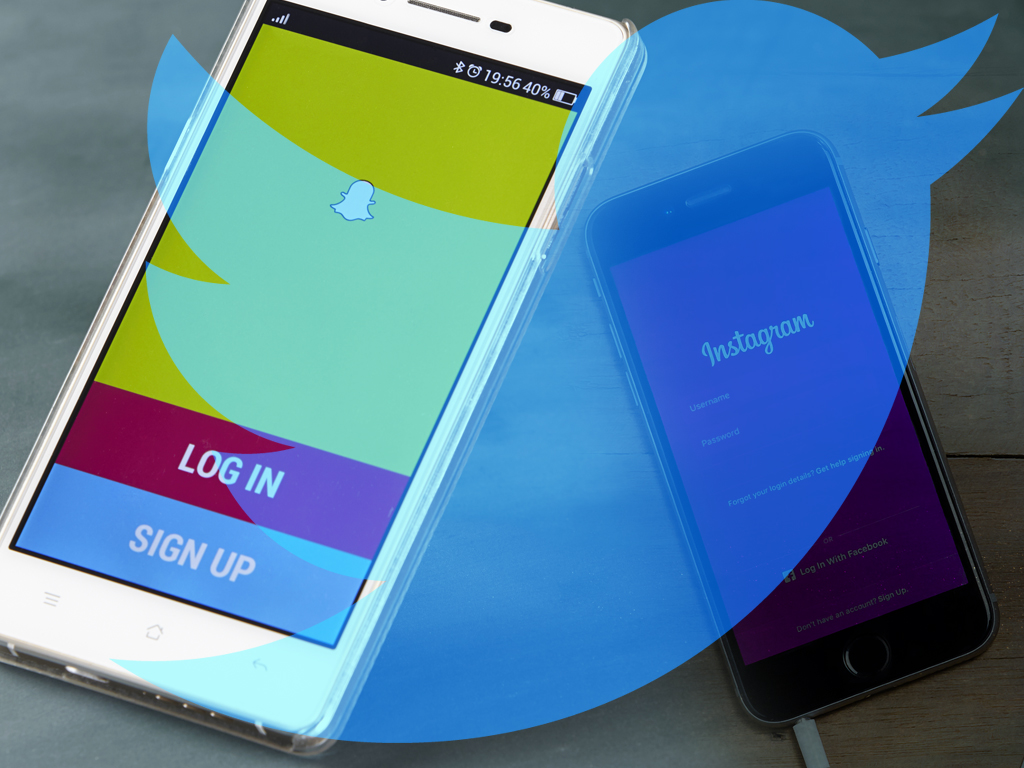A flurry of articles have been written in recent weeks about the usage (or otherwise) of social media by that notoriously fickle demographic: teenagers. Given the amount of conflicting evidence, consumer marketers could be forgiven for scratching their heads in trying to make sense of this sector. However, there are some important general lessons to be drawn from the social media habits of the youth market.
The New Year kicked off with an interesting blog post, A Teenager’s View On Social Media, written by Andrew Watts, a 19-year-old student from the University of Texas in Austin. Watts himself was admirably clear about what he was setting out to do: “I’m not an expert at this by a long shot and I’m sure there will be data that disproves some of the points I make, but this is just what I’ve noticed.”
In other words, he was simply sharing anecdotally what he had observed about his own social media usage and his immediate peer group. However, that hasn’t stopped many people from extrapolating from this to making general pronouncements on usage as a whole.
Indeed, Watts’ own assessment of various social media channels was suddenly being taken as gospel in some quarters. His article is well worth reading in its entirety, but here are a few examples of how he viewed key platforms:
- Facebook: “It’s dead to us. Facebook is something we all got in middle school because it was cool but now is seen as an awkward family dinner party we can’t really leave. It’s weird and can even be annoying to have Facebook at times. That being said, if you don’t have Facebook, that’s even more weird and annoying.”
- Instagram: “By far the most used social media outlet for my age group. Although the most people are on Facebook, we actually post stuff on Instagram. It’s always fascinating to me to see a friend with 1500 friends on Facebook only get 25 likes on a photo yet on Instagram (where she has 800 followers) she gets 253.”
- Twitter: “There are three main (teenage) groups of Twitter users: the ones who use it to complain/express themselves, the ones who tweet with the assumption that their prospective employer will eventually see whatever they are saying, and the ones who simply look at other Tweets and do the occasional RT.”
- Snapchat: “Snapchat is quickly becoming the most used social media network, especially with the advent of My Story. Snapchat is where we can really be ourselves while being attached to our social identity. Without the constant social pressure of a follower count or Facebook friends, I am not constantly having these random people shoved in front of me.”
Buoyed by the attention garnered by his original article, Watts offered his views on a few more social platforms, including YouTube, Google+, Vine, and Reddit. Taking all of these together, a consumer marketer targeting the youth sector might be tempted to dump Facebook for Instagram and Twitter for Snapchat.
A Dangerous Game
Of course, anyone can play the this game. UK blogger Mummy Barrow posted her own version based on the views of her 19-year-old son and 16-year-old daughter. If these two teens are representative of UK teenagers, you’d be forgiven for thinking that social media is pretty much nonexistent within this demographic.
A further perspective was provided by Danah Boyd with her post: An Old Fogey’s Analysis of a Teenager’s View on Social Media. She pulls no punches:
“Andrew (Watts) is a very lucid writer and I completely trust his depiction of his peer group’s use of social media. He wrote a brilliant post about his life, his experiences, and his interpretations. His voice should be heard. And his candor is delightful to read. But his analysis cannot and should not be used to make claims about all teenagers. I don’t blame Andrew for this; I blame the readers — and especially tech elites and journalists — for their interpretation of Andrew’s post because they should know better by now.”
Her key point: “teens’ use of social media is significantly shaped by race and class, geography and cultural background.” In other words, “presuming that a single person’s experience can speak on behalf of an entire generation” is a dangerous game to play.
Of course, marketers have access to a panoply of respectable third-party research sources to shed light on consumer social media usage (e.g., Pew Research in the U.S. or Ofcom in the UK). Looking back at the data from recent times, it is interesting to see that the “teenagers ditching Facebook” meme has continued to persist.
In August 2013, Pew Research noted that although enthusiasm for Facebook was waning among teens, they hadn’t abandoned it altogether. A Piper Jaffray survey from October 2014 suggested that Facebook had plummeted to third place in social media usage among teens in the U.S. In the UK in December 2014, Ofcom suggested that although Facebook popularity was declining the UK, Facebook remained the most popular network with teens.
What Conclusions Can Consumer Marketers Draw?
Let Your Social Goals Guide You
It is worth taking a cue from student Andrew Watts when he makes an important distinction between usage and presence on a social network.
Although Instagram might be the most currently used social network (depending on whose data you trust), the majority Facebook of teens everywhere still maintain a presence on the platform. Broadly speaking, it is the difference between reach and engagement.
For example, Twitter has for some time been used by the majority of users as a media consumption platform. Most Twitter users simply use it to access information rather than tweet, reply, or share. For teenagers, Facebook might be going the same route.
From a marketing standpoint, your social channel mix should be driven by your goal – reach, engagement or a mix of the two. Facebook, therefore, could still be considered a worthwhile method of reaching the right demographic, but not if you’re seeking engagement.
Social Media Behavior Is Constantly Evolving
More generally, it suggests that social media behavior continues to evolve and to treat teenagers (or any other demographic) as an homogenous group is unhelpful in achieving specific goals.
Indeed, this challenge of building a coherent picture of the social media habits of teenagers is a subset of the wider challenges facing all consumer marketers. The decision journeys of all demographic groups are becoming increasingly hard to pin down. Dana Boyd is right about teenagers as well every other demographic group: a single point of reference shouldn’t be used as representative of the whole segment.
Yet these kind of anecdotal references increasingly provide the siren song backdrop which might lure marketers into adapting their approaches erroneously. Marketers are obliged to plan and budget on quarterly and annual cycles. And yet the consumer landscape in relation to social media appears to blur and change every few days.
Trying to identify genuine longer term social media trends on which to base longer term strategies is tough. As ever, planning and execution should be driven by data and KPIs with a direct line of sight to clearly defined goals, objectives, and audiences.
Use Your Own Data
In the end, marketers should look to their own data to determine whether their activity is delivering the desired outcomes with their targeted audiences.
Google Analytics, for example, now provides insight into site and app usage based on a variety of demographic dimensions including age, interest, and affinity.
An audience’s actual observable behavior in relation to a specific brand outcome, rather than anecdote, should ultimately be the arbiter of marketing activity – whether we’re talking about teenagers or 65-year-old smartphone users.


